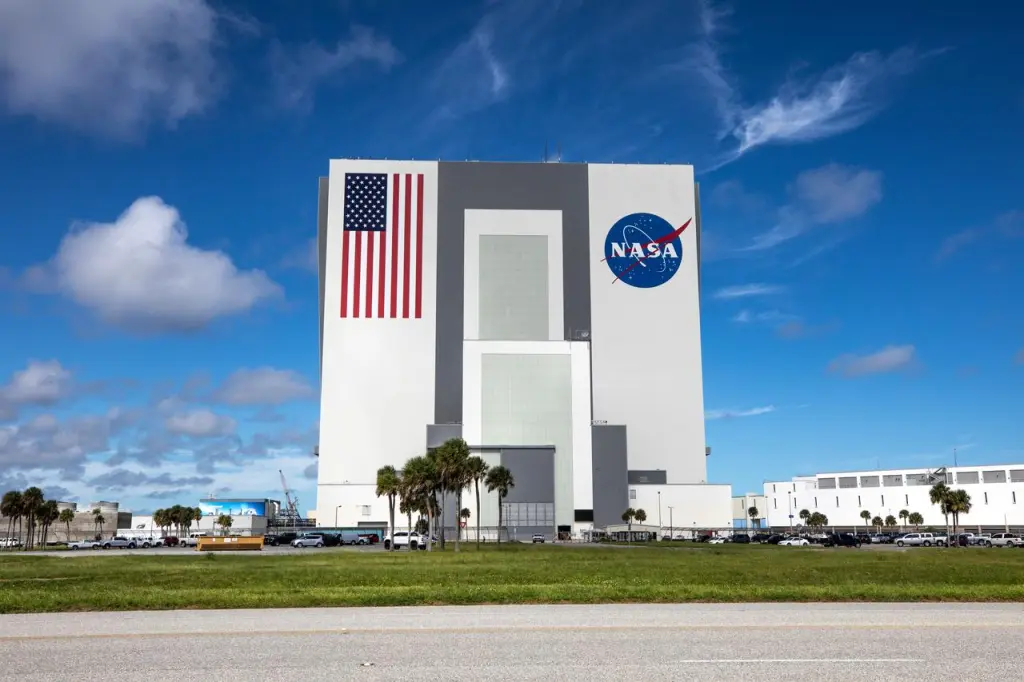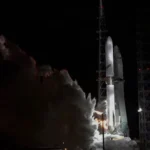President Trump’s proposed budget for 2026 would slash NASA funding by 24% (OMB, May 2 2025), eliminating several major space programs while redirecting money toward commercial partnerships and Mars exploration. The plan has triggered rare bipartisan opposition in Congress and raised concerns about American leadership in space.
The proposal would reduce NASA’s budget from $24.8 billion to $18.8 billion—its lowest funding level since 2015. It targets several flagship programs for termination after 2027, including the Space Launch System rocket and the Orion crew capsule, and the planned Lunar Gateway station.
“This proposal would represent a historic step backward for American leadership in space science, exploration, and innovation,” said the Planetary Society.
The budget would eliminate the Mars Sample Return mission and the Nancy Grace Roman Space Telescope while cutting Earth science research by 53%. It also redirects $7 billion toward lunar exploration programs and adds $1 billion for Mars-focused development—emphasizing commercial partners like SpaceX’s Starship—per NASA Release 25-035.
Members of Congress from both parties have signaled resistance. Senate Commerce Committee Chair Maria Cantwell and Ranking Member Ted Cruz have publicly opposed the cuts, highlighting where lawmakers find common ground.
International partners are adjusting their plans. The European Space Agency is developing contingency plans ahead of its June council meeting to address impacts on its Orion Service Module and Gateway contributions; JAXA and the Canadian Space Agency face similar disruptions.
Similar Posts
The economic impacts could be substantial. In FY 2023, NASA supported an estimated $75.6 billion in U.S. economic output and sustained over 300,000 jobs nationwide — including in Alabama, Colorado, Mississippi, Texas, Florida, and California — according to NASA’s FY 2023 Economic Impact Report. Major contractors Boeing, Lockheed Martin, and Northrop Grumman warn of potential layoffs and contract losses.
The proposal faces significant hurdles. Only Congress can appropriate funds, and previous Trump attempts to cut NASA in 2018 and 2020 were reversed by lawmakers. House and Senate appropriations committees plan mark-ups in June 2025.

Some see opportunity in the changes. The White House argues that moving away from the costly SLS rocket (around $4 billion per launch) toward commercial alternatives could enable more ambitious exploration at lower cost. The $1 billion Mars boost has NASA quietly exploring a crewed Mars precursor mission as early as 2026.
This budget battle underscores fundamental questions about America’s space priorities: government-led exploration vs. commercial partnerships, returning to the Moon vs. pushing to Mars. As Congress negotiates, these decisions will shape U.S. space exploration for decades to come.

















